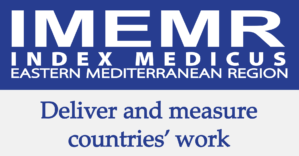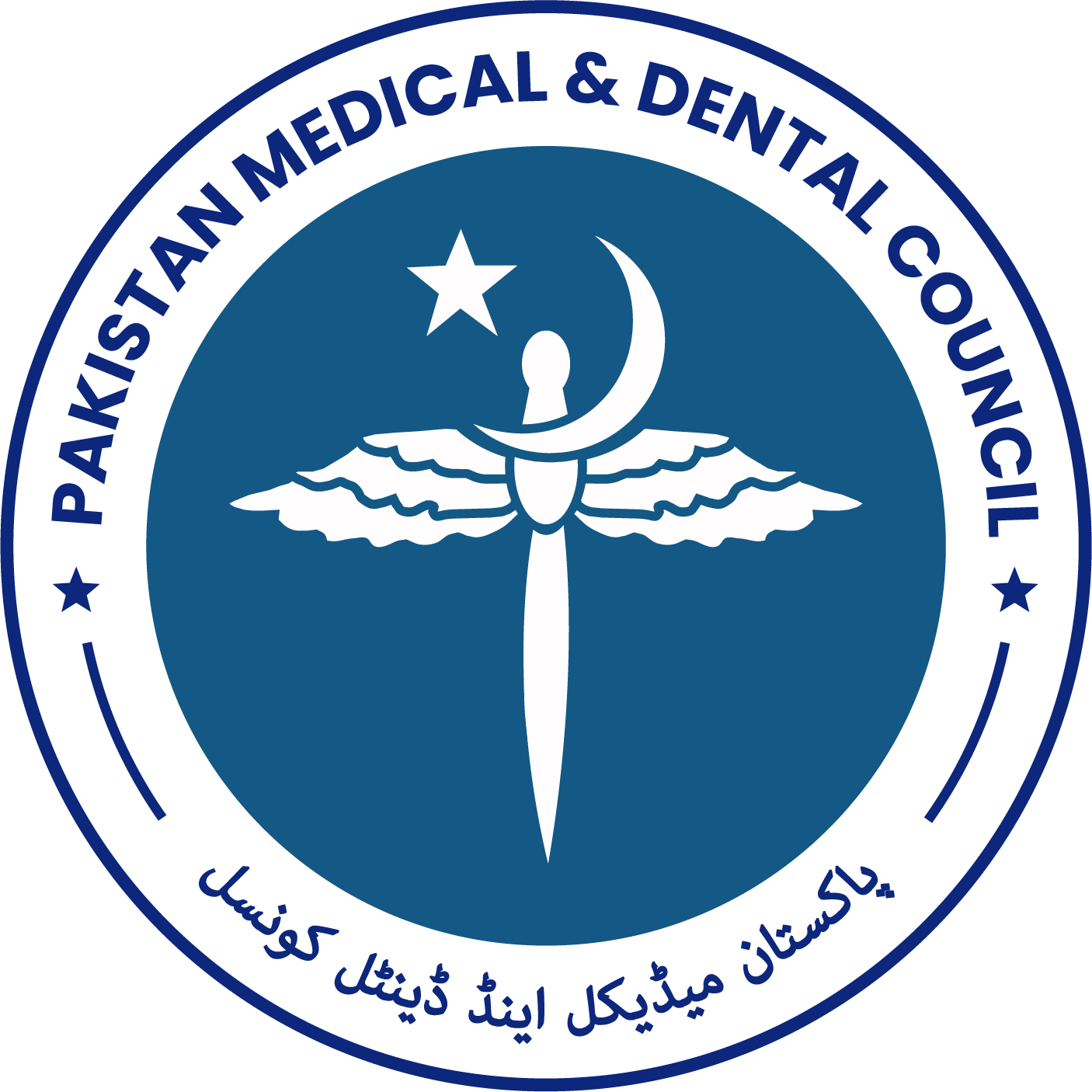Infant and Young Child Feeding Practices among Mothers in Lahore, Pakistan: A Cross-Sectional Study
DOI:
https://doi.org/10.53685/jshmdc.v2i1.14Abstract
Background: Inadequate child feeding practices lead to malnutrition, higher under-five mortality rates and adverse effects on quality of life. This study aimed to assess the breastfeeding and complementary feeding practices of mothers as well as the influence of various sociodemographic factors on them in local families of Lahore.
Methods: This is a cross-sectional, descriptive study. It was conducted in CMH (Combined Military Hospital), Lahore in 2018. It comprises a sample of 203 mothers with children of at least two years of age, from various urban areas of Lahore. The subjects were selected on the basis of the inclusion criteria. Mothers with psychiatric illnesses and children with congenital anomalies were excluded from the study. Mothers were approached in the paediatric outpatient departments of four tertiary care hospitals of Lahore. Responses were recorded using a modified version of the Action Contre La Faim (ACF) questionnaire. Independent sample t-test and chi-square test were applied for analysis of the data.
Results: Early initiation of breastfeeding within one hour from birth was observed in 83.3% children. Most children were administered colostrum (69.5%). The rate of exclusive breastfeeding for the first six months was 45.3%. A child was being breastfed 8.21 ± 6.67 (mean ± SD) times a day. Maternal educational status, total number of adults in a household, and access to free healthcare were identified as important factors influencing the practice of breastfeeding. Porridge, khichdi, eggs, fruit and yoghurt were the most frequently used complementary foods.
Conclusions: A high rate of an early start of breastfeeding and a low rate of exclusive breastfeeding for at least six months were predominant in our population. Administration of colostrum was observed in approximately two-thirds of the study participants. Education of the mother, type of the family system (nuclear or combined), and access to free healthcare strongly influence the breastfeeding practices.
Downloads
Published
How to Cite
Issue
Section
License
Copyright (c) 2021 Faisal Farooq, Mohsin Raza, Zoofishan Imran, Fatima Zulfiqar, Fareeha Gul, Hassaan Altaf

This work is licensed under a Creative Commons Attribution-NonCommercial 4.0 International License.
You are free to:
- Share — copy and redistribute the material in any medium or format
- Adapt — remix, transform, and build upon the material
- The licensor cannot revoke these freedoms as long as you follow the license terms.
Under the following terms:
-
Attribution — You must give appropriate credit, provide a link to the license, and indicate if changes were made. You may do so in any reasonable manner, but not in any way that suggests the licensor endorses you or your use.
-
Non Commercial — You may not use the material for commercial purposes.
-
No additional restrictions — You may not apply legal terms or technological measures that legally restrict others from doing anything the license permits.




















